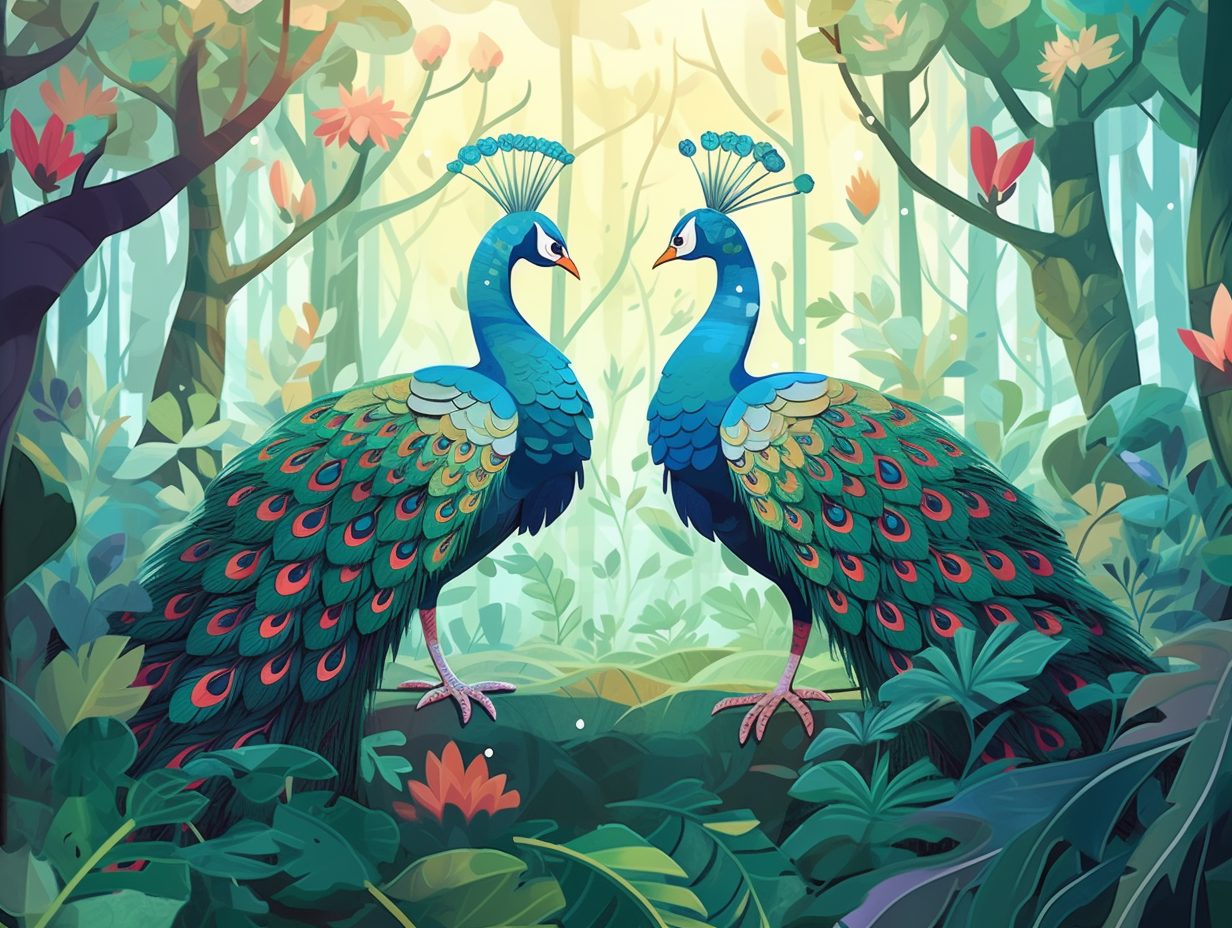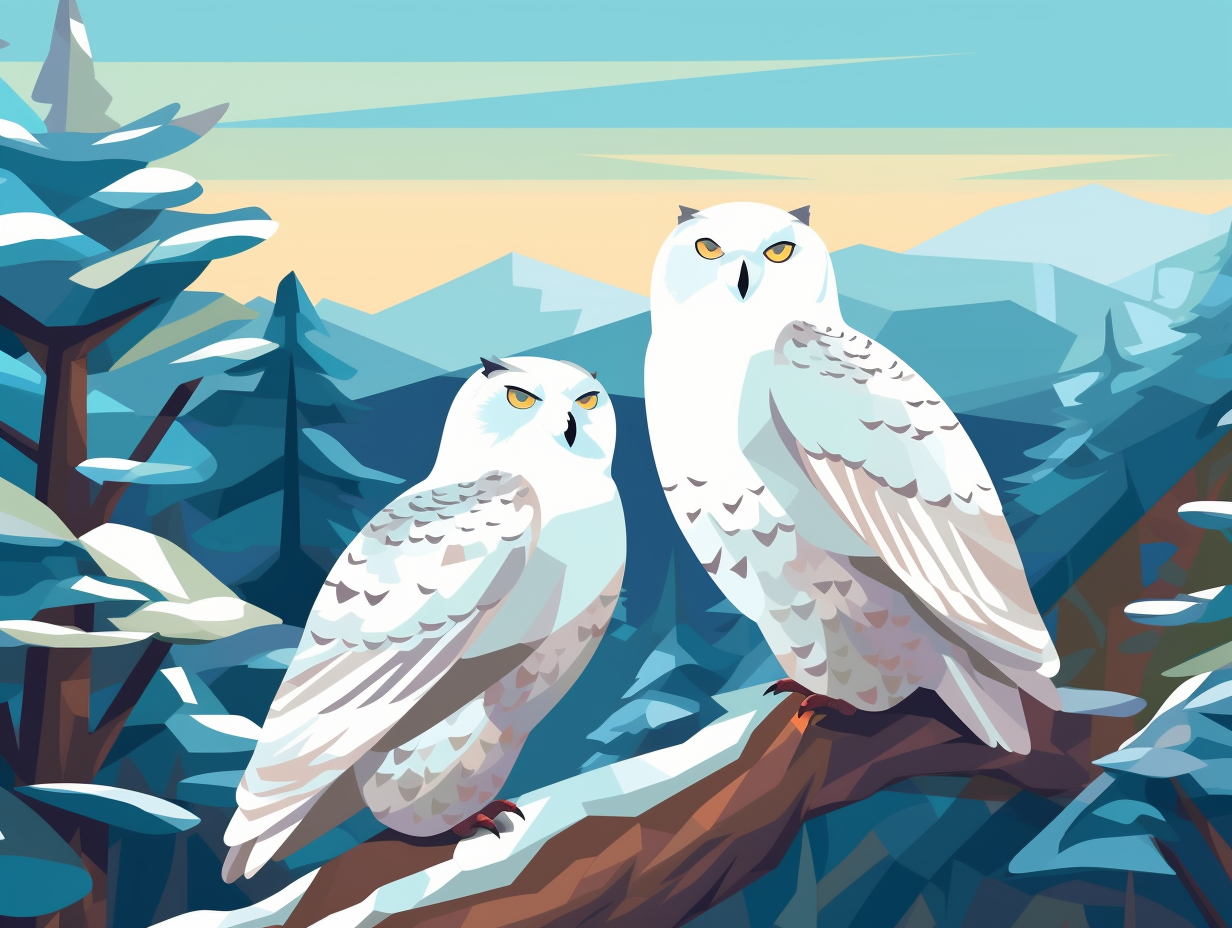Top 11 Amazing Great Blue Heron Facts: Discover the Fun Side of These Majestic Birds

1. Great Blue Heron's Diverse Diet
Whoever said that variety is the spice of life must have taken a peek at a Great Blue Heron's shopping list: these long-legged avian gourmands have a diet that includes fish, amphibians, reptiles, invertebrates, small mammals, and even other birds, with a side order of seasonal voles to fill their bellies during winters in Washington.
Source => naturemappingfoundation.org
2. Heron's Velcro-like Tongue
Great Blue Herons may not have mastered the art of chopsticks, but Mother Nature bestowed upon them their very own "fish sticks": Great Blue Herons are equipped with serrated tongues that act like Velcro, helping them snatch slippery fish with ease and swallow them whole, while their long, flexible necks allow for lightning-fast strikes at underwater targets making them formidable hunters.
Source => gustaviatex.com
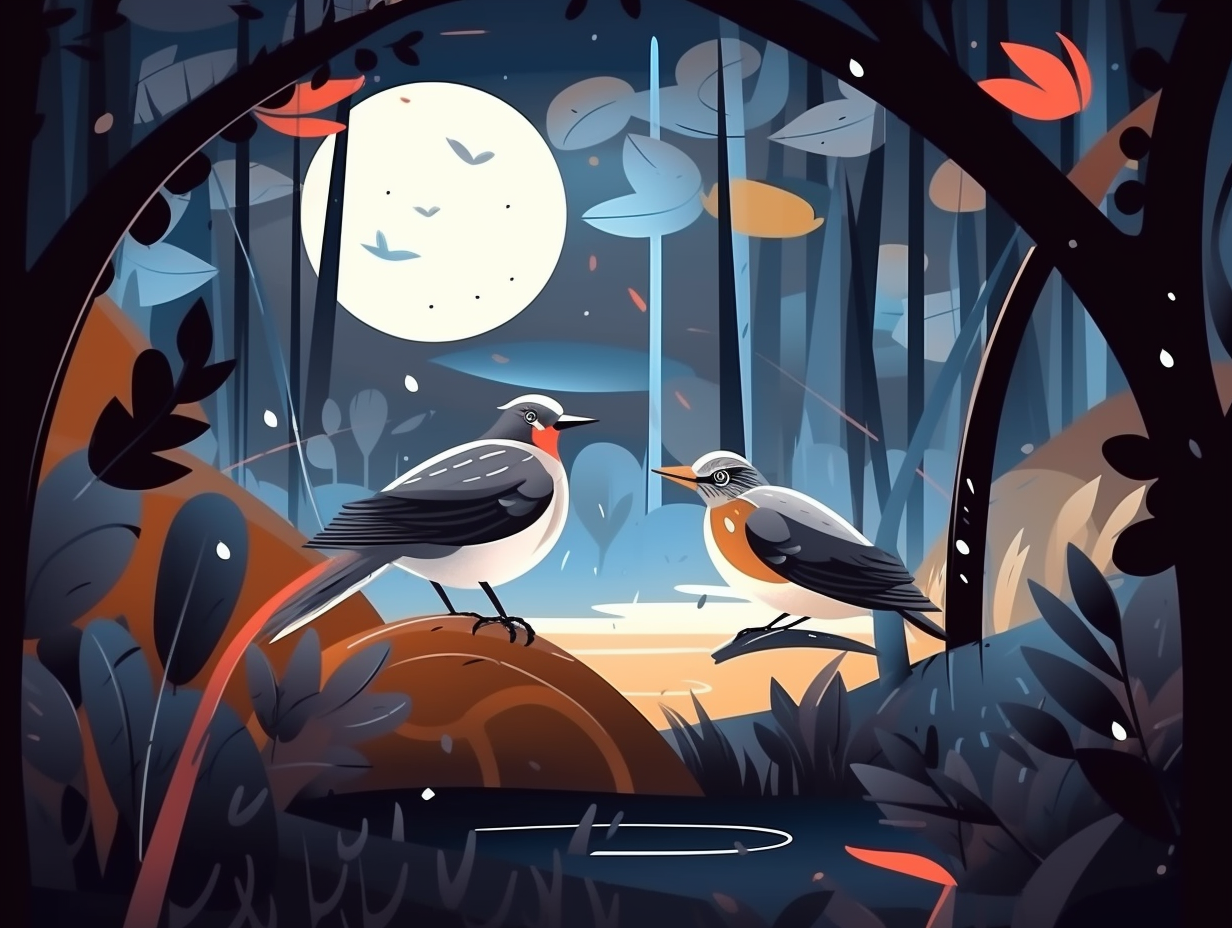
Did you know crows can remember human faces and even gossip about them to future generations? Find out how these feathered friends keep tabs on us! 🐦💬👀
=> Fun Facts about Birds
3. In-flight Neck Technique
While you might think great blue herons moonlight as serpentine contortionists due to their slinky necks, their actual in-flight technique is far less dramatic: These avian stealth bombers straighten their necks to soar through the skies like nature's cruise missiles, showcasing a streamlined silhouette that's all business and no boas.
Source => chesapeakebay.net
4. Built-in Bib for Preening
If you've ever felt embarrassed about using your clothes as a makeshift napkin, worry not - even certain majestic fowlers employ a built-in bib for their grooming needs! In the case of the great blue heron: they use their specialized chest feathers that transform into a soft, powdery down, much like a napkin, to wipe away any unwanted slime and oils during their preening process.
Source => willyswilderness.org
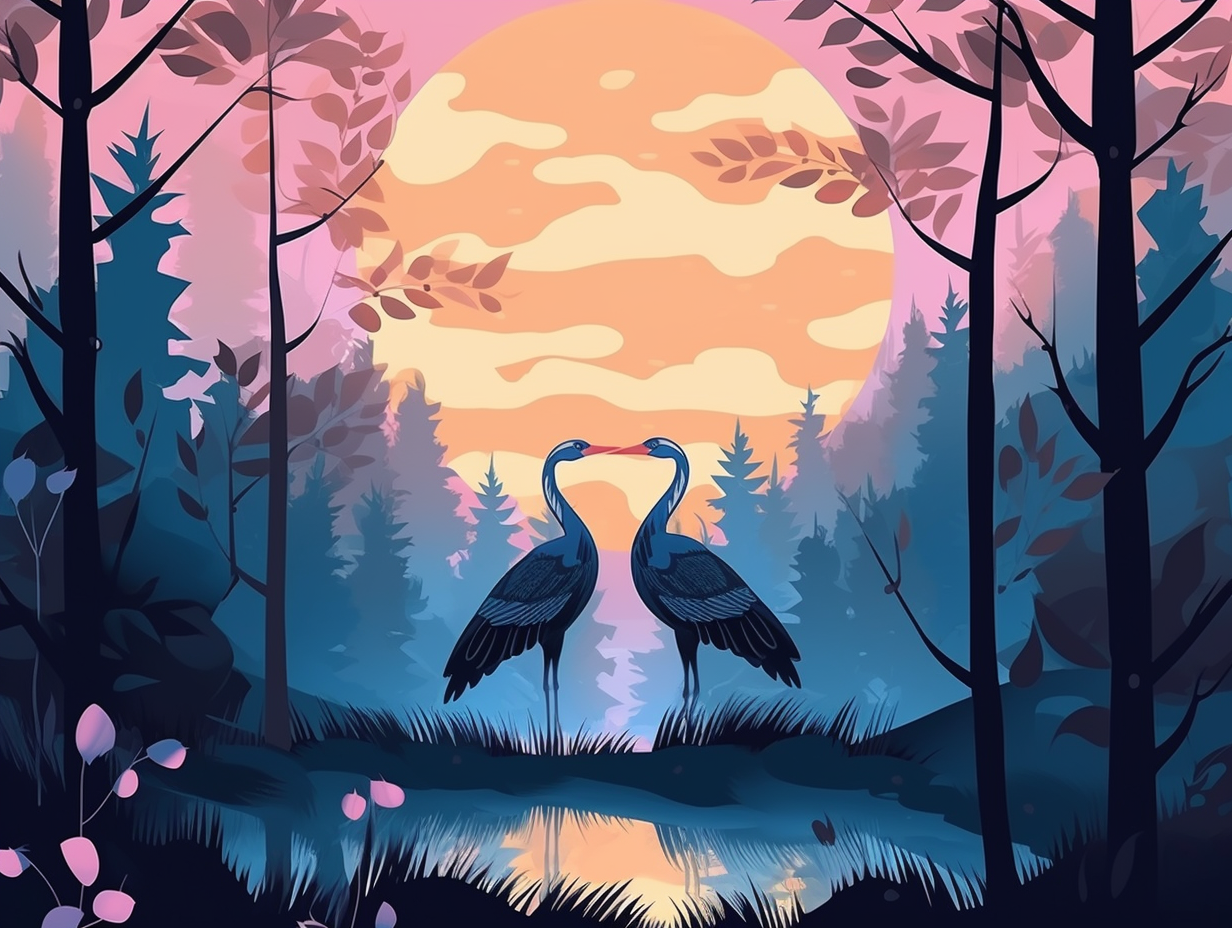
5. Statue-like Hunting Strategy
Ever wondered how a great blue heron scored a gig as a statue in a public garden? Surprise: it's actually momentarily frozen in a predatory ploy! The clever bird stands stock-still in shallow waters, patiently waiting to ambush any hapless fish that swims too close. With just one swift strike, the heron turns into a lethal beak torpedo, launching at incredible speed to skewer its prey with pinpoint accuracy: turns out, the heron's unique neck vertebrae and elastic stomach enable it to swallow its impaled victim whole, consuming a whopping pound of food each day – now that's what we call seriously efficient snacking!
Source => avilabeachlifenews.com
6. Ninja-like Hunting Skills
Think of great blue herons as the ninjas of the bird world, lurking in the shadows of shallow waters, waiting to unleash their lightning-fast beak judo on unsuspecting prey – basically, they're the Bruce Lee of birds: Contrary to what people assume, herons don't just stand like statues when hunting; instead, they expertly maneuver through the water with minimal disturbance, using their incredible stealth and agility to snatch up fish, frogs, snakes, and aquatic insects in one swift gulp.
Source => washingtonpost.com
7. Ultimate Sky Foodie
You know what they say: variety is the spice of life. Well, it seems the great blue heron took that advice to heart, becoming the ultimate foodie of the skies! This long-legged fellow boasts a palate to rival even the most adventurous human epicurean: dining on delectable dishes ranging from fish, frogs, and salamanders, to lizards, snakes, and young birds, to shrimp, crabs, crayfish, and scrumptious dragonflies—topping it all off with a sprinkle of aquatic invertebrates for that extra pizzazz. Truly a gourmand's dream come true! Bon appétit: the great blue heron's diverse diet ensures it enjoys a gastronomic adventure with every meal, delighting in countless flavors and textures to keep life exciting and delicious.
Source => animaldiversity.org
8. Detectives of Ecosystem Pollution
Move over, Sherlock Holmes, there's a new detective in town: the great blue heron! Sleuthing their way through wetlands, these avian PIs have a knack for sniffing out environmental contaminants. Funny thing is, they don't need a trusty magnifying glass or Hound of the Baskervilles to do their bidding: they simply rely on the concentrations of pollutants in their eggs to expose contamination in the ecosystem. Not only that, these long-legged gumshoes need a solid mix of upland and shoreline real estate to thrive, making habitat connectivity more important than ever. So, the game's afoot, and these birderloo detectives are hot on the case!
Source => greatecology.com
9. Piercing Gaze for Finding Fish
Whoever said that love is blind clearly never met a great blue heron, as these birds could put professional stalkers to shame with their piercing gaze: In fact, thanks to their unique eye placement behind their beaks, great blue herons can accurately spot and snatch their fishy dates from an astonishing 60 feet away!
Source => lycobirds.com
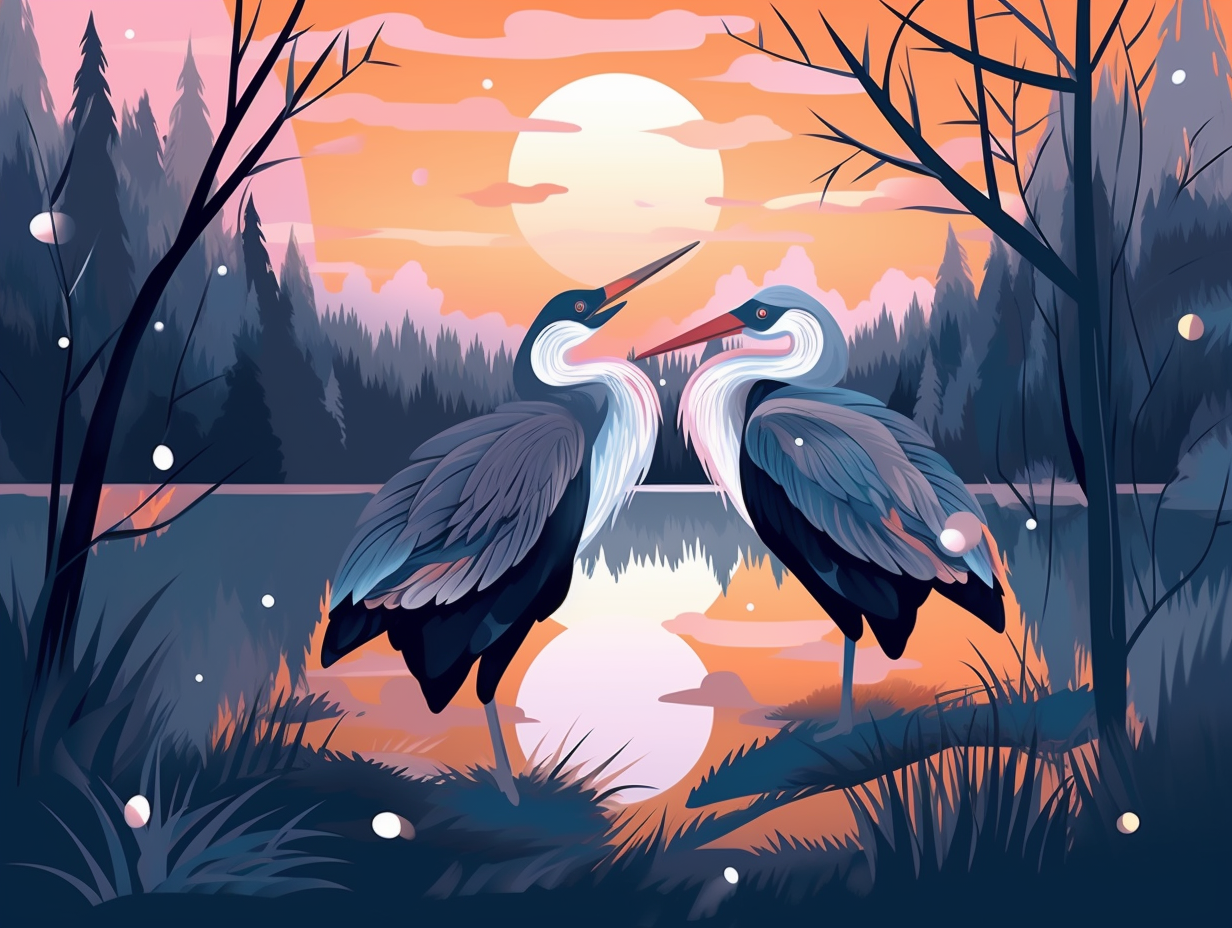
10. A Wild Culinary Experience
Eagle-eyed gourmands and fish enthusiasts, take note: at Conowingo Dam, you can feast your eyes on airborne buffet connoisseurs and finned foreign delicacies! No reservations required: The dam’s water release annually attracts hundreds of Double-crested Cormorants and Bald Eagles, as well as exotic invasive fish such as Northern Snakeheads, Flathead Catfish, and Blue Catfish, presenting a one-of-a-kind ecosystem that makes for a truly wild culinary and birdwatching experience.
Source => susquehannawildlife.net
11. Feathers Once Fashionable
Once upon a time, great blue herons were the feathery fashionistas of the bird world, strutting their stuff on the heads of European royalty and American city slickers alike: Due to the high demand for their fabulous feathers in the late 1800s and early 1900s, the great blue heron population faced a major drop. However, with the swoop of a pen, President William McKinley signed into law the first far-reaching environmental legislation in the United States in 1900, saving these elegant birds from becoming a mere fable in history books. Nowadays, you can spot our feathered friends making a splash on the riverside runway, thanks to their fashion crime being deemed illegal.
Source => nps.gov
Related Fun Facts











